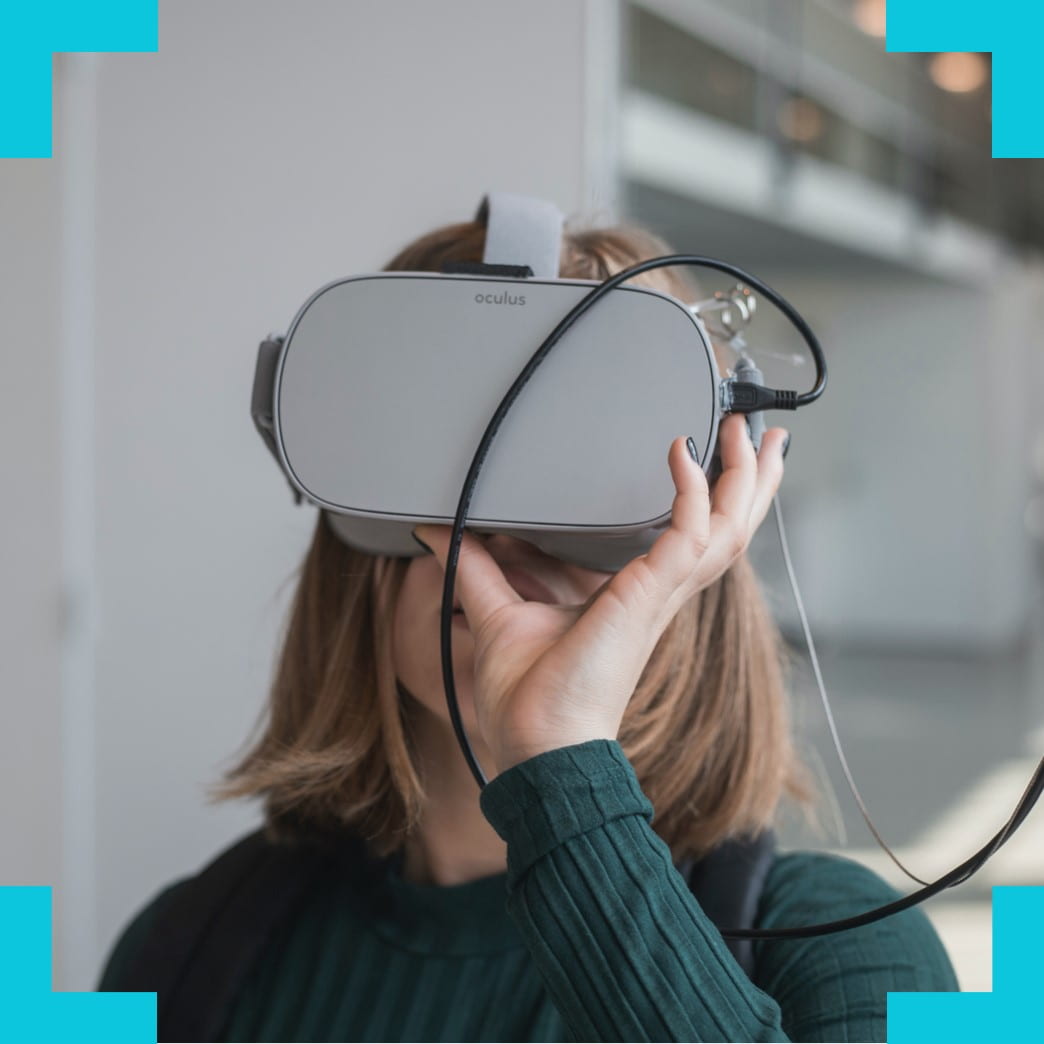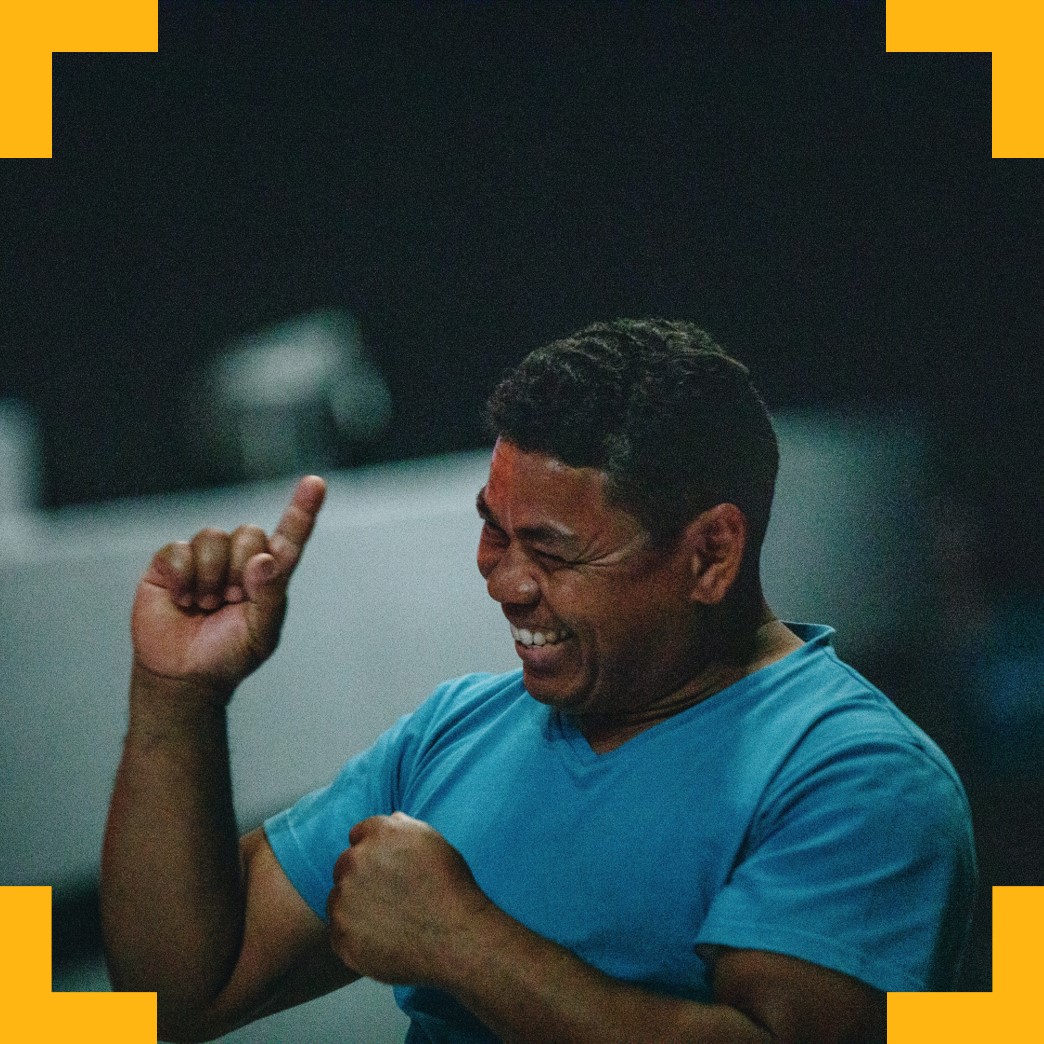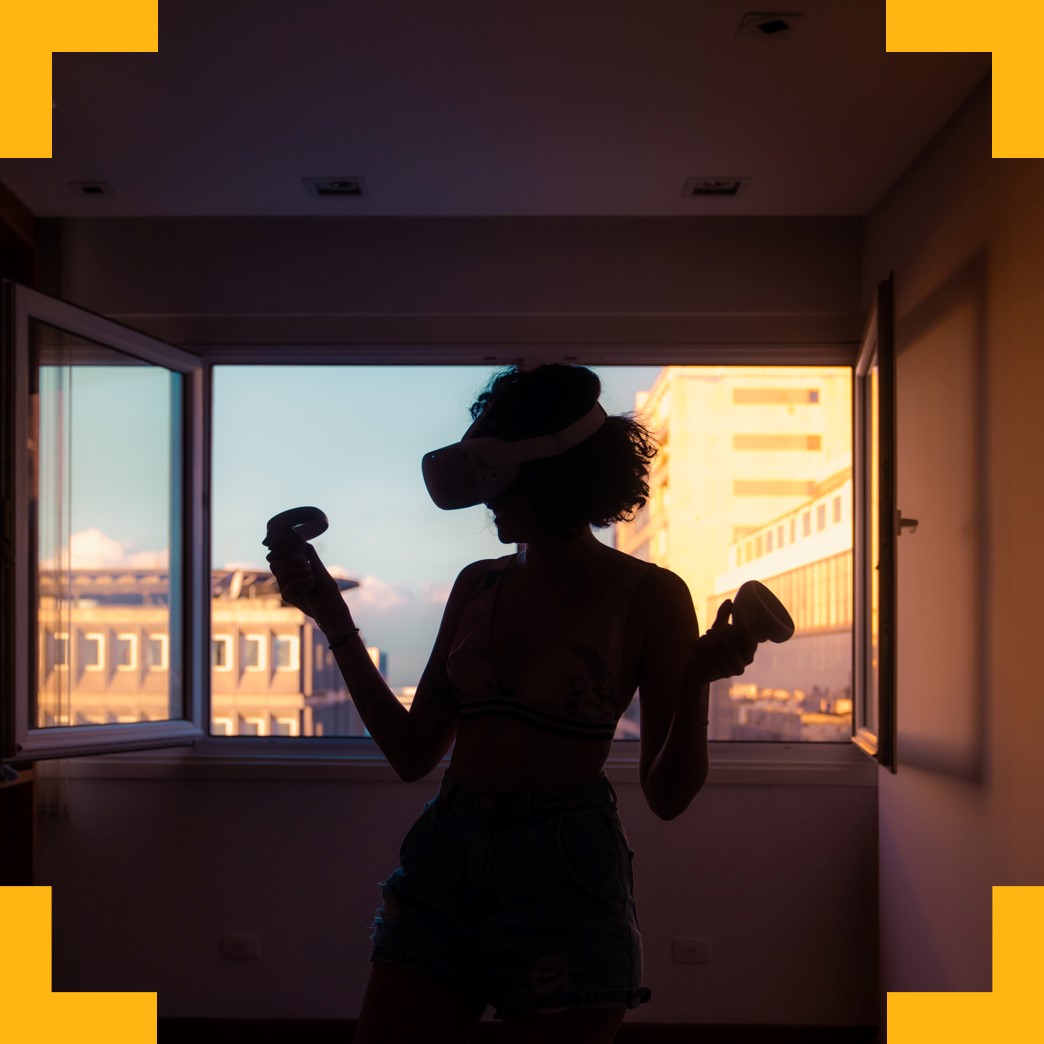-

What if we all refused to buy anything that harms the environment, including goods and services that add to carbon in the atmosphere, impair our health, or impact upon wildlife?
In a previous Brigstow funded research project ‘I Didn’t …

Brigstow brings researchers from different disciplines together with a range of partners across the city and beyond to experiment in new ways of living and being.








